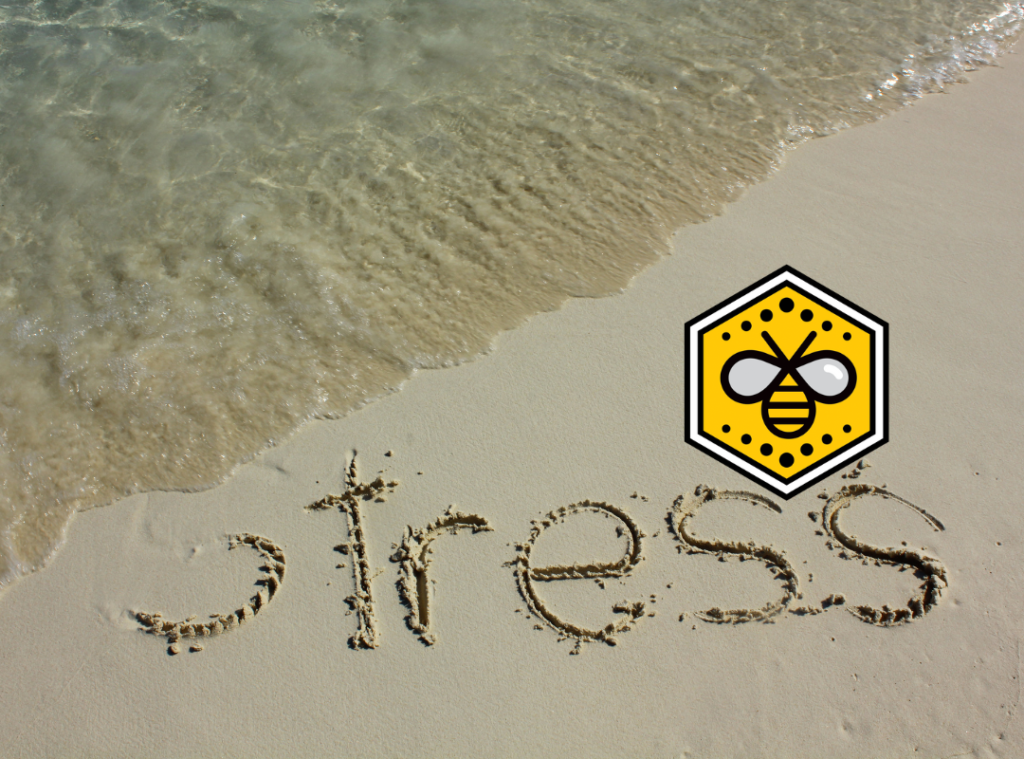When we think of Seasonal Affective Disorder (SAD), we often associate it with the cold, dark days of winter. However, for some people, the summer months can also bring about a form of SAD. Summer SAD, or reverse SAD, is a condition where individuals experience depressive symptoms, specifically during the summer. Understanding and managing this condition is crucial for maintaining mental health and well-being.
What is Summer SAD?
Summer SAD is a subtype of Seasonal Affective Disorder that occurs during the warmer months. While winter SAD is often linked to a lack of sunlight, summer SAD can be triggered by the opposite—excessive heat, longer days, and increased sunlight. This condition can disrupt an individual’s routine and impact their mental health, leading to feelings of depression and anxiety.
Symptoms of Summer SAD
Recognizing the symptoms of Summer SAD is the first step towards managing it. Common symptoms include:
- Insomnia: Difficulty sleeping or staying asleep due to longer daylight hours and higher temperatures.
- Increased Anxiety: Heightened feelings of anxiety or agitation.
- Loss of Appetite: Decreased interest in food, leading to weight loss.
- Restlessness: Feeling restless or unable to relax.
- Irritability: Increased irritability or mood swings.
- Difficulty Concentrating: Trouble focusing on tasks or making decisions.
- Depressive Symptoms: Feelings of sadness, hopelessness, or a lack of interest in activities once enjoyed.
Managing Summer SAD
Effectively managing Summer SAD involves a combination of lifestyle adjustments, self-care practices, and professional support. Here are some strategies to help cope with the condition:
- Maintain a Consistent Sleep Schedule
- Establish a regular sleep routine to combat insomnia. Use blackout curtains to keep your bedroom dark and cool, and avoid electronic devices before bed.
- Stay Cool
- Find ways to keep cool during the hottest parts of the day. Use fans, air conditioning, or take cool showers. Wearing light, breathable clothing can also help.
- Practice Relaxation Techniques
- Incorporate relaxation techniques such as deep breathing, meditation, or yoga into your daily routine to manage anxiety and restlessness.
- Stay Hydrated
- Drink plenty of water to stay hydrated, which can help manage irritability and fatigue.
- Eat a Balanced Diet
- Focus on eating a nutritious diet rich in fruits, vegetables, and whole grains. Avoid excessive caffeine and sugar, which can exacerbate anxiety and mood swings.
- Limit Sun Exposure
- While some sunlight is beneficial, excessive exposure can trigger symptoms. Wear sunglasses, apply sunscreen, and seek shade during peak sunlight hours.
- Engage in Physical Activity
- Regular exercise can boost your mood and energy levels. Choose cooler times of the day, such as early morning or late evening, for outdoor activities.
- Seek Professional Help
- If symptoms persist, consider seeking support from a mental health professional. Therapy or counseling can provide valuable tools for managing Summer SAD.
- Stay Connected
- Maintain social connections with friends and family. Social support can help alleviate feelings of isolation and improve your overall mood.
Creating a Supportive Work Environment
Employers can play a crucial role in supporting employees with Summer SAD by:
- Encouraging Flexible Work Schedules: Allowing flexible hours or remote work can help employees avoid the hottest parts of the day.
- Promoting a Cool Work Environment: Ensuring the workplace is adequately cooled and providing access to water and hydration stations.
- Raising Awareness: Educating employees about Summer SAD and promoting mental health resources.
Understanding Summer SAD and implementing these strategies can help manage its impact, ensuring a healthier and more enjoyable summer season for everyone. If you or someone you know is struggling with Summer SAD, remember that help is available and reaching out is the first step towards feeling better.
